Welders have many different options when it comes to choosing the best welding helmet. It is important to choose the right type of helmet because welding is dangerous work where the skin, face, and lungs are concerned. Facial and eye injuries are very common among welders who don’t wear proper protection. Eye injuries from the sparks and flashes from welding torches is one of the main reasons for choosing the best welding helmet.
Criteria for Choosing the Best Welding Helmet
You must read and study reliable information and ask for the advice of experienced welders in order to select the best welding helmet. It is important to know that the helmet meets industry standards. Always buy a welding helmet that meets ANSI Z87.1-2003 standards.
It is difficult to call any one welding helmet the best. However, some brands are known to be good such as Hobart, Aces High, Miller, ArcPro and 3M Speedglas.
- Hobart: The Hobart 770753 Pro is designed for the professional welder. This lightweight helmet is comfortable to wear. It has a large viewing screen making it easy for the wearer to see a bigger section of the area they are working on. This helmet has a LCD screen that makes it simple to change the level of darkness and light on the viewing glass to suit the job at hand. Check out our lineup of Hobart welding helmets.
- Miller: The Miller helmets weighs in at only two pounds so they are comfortable to wear. The auto darkening lens also appeals to wearers as fixed lens are not as efficient. The miller has a solar-powered component, meaning that if the battery dies, it can still be used for a while. The Miller will last a long time if cared for properly.
- ArcPro: The ArcPro is another technological helmet that will appeal to younger welders. The ergonomic design makes this helmet comfortable and easy to wear. This solar powered helmet has an auto darkening lens, and a wide viewing area.
Factors to Consider
The best welding helmet should ideally offer a combination of safety and comfort. Also, look for a lens that quickly transitions between dark and light so you can work safely and examine the work you have done. The helmet is one of the most important tools in a welder’s arsenal.
- Cost: This is the one factor that should not be used to determine which welding helmet to buy. You’re likely going to pay at least $100 for a decent beginner welding helmet. You will find that the highest rated welding helmets can run closer to $1,100, but they offer ventilation and other bells and whistles.
- Durability: The last thing you want to do is replace a damaged or uncomfortable helmet every few months. That will eat into your profits fast. Purchase the best helmet that you can afford each time you replace an old one.
- Level of Protection: Look for a helmet that offers the best protection you can afford. The helmet should protect your face, neck, and ears; everything else is a bonus.
- Weight: The weight of the helmet is very important as well. The wearer needs to be comfortable and the lighter the helmet the better in most cases. This also enables the wearer to work for longer hours without neck or upper back fatigue.
The Best Auto-Darkening Welding Helmets
The average welding helmet does not automatically darken to protect the eyes or lighten so you can inspect your work. Auto-darkening helmets are extremely popular because of the added functionality they provide. The darkening lens is well worth the extra price.
The viewing window of the auto-darkening helmet doesn’t have a fixed shade amount. They’re normally set at a three or four when not in use. The lens darkens to an eight to 13 as soon as it senses an arc. It fades back to the normal shade when the arc is finished so you can inspect your work. This keeps you from having to snap your head back and forth to raise and lower the helmet while you’re working.
Here are a few things to keep in mind when narrowing your options.
- Viewing Lens Size: The viewing lens is measured in square inches. The larger your lens, the better. Light duty helms generally have a six square inch lens where industrial helmets have nine square inches.
- Sensors: The number of sensors on the helmet will determine the level of coverage it offers. A helmet with two sensors is good, but four is better.
- Lens Reaction Time: The reaction time of the lens is very important because you need the lens to snap to dark as soon as the arc hits. A basic helm for a fabrication shop or light duty welding has a 1/3,600 of a second reaction time where an industrial helmet will have a 1/20,000 of a second reaction time. The type of helmet you choose needs to match the type of work you do.
- Adjustable Sensitivity and Delay Controls: Low amperage welds like TIG don’t require such a dark lens to protect your eyes. Make sure your chosen helmet allows you to adjust the sensitivity to match the type of work you perform. The adjustable delay control works in much the same way. High amperage welding requires a higher sensitivity and longer delay before returning to normal.
Ventilation in Welding Helmets
Welders need to avoid breathing fumes as often as possible. You may choose to wear a mask or respirator, but a ventilated welding helmet is also a wonderful option. This type of helmet pulls fresh air from behind you into the helmet so you’re breathing fresh air and not welding fumes.
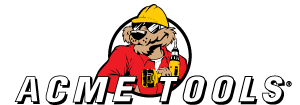
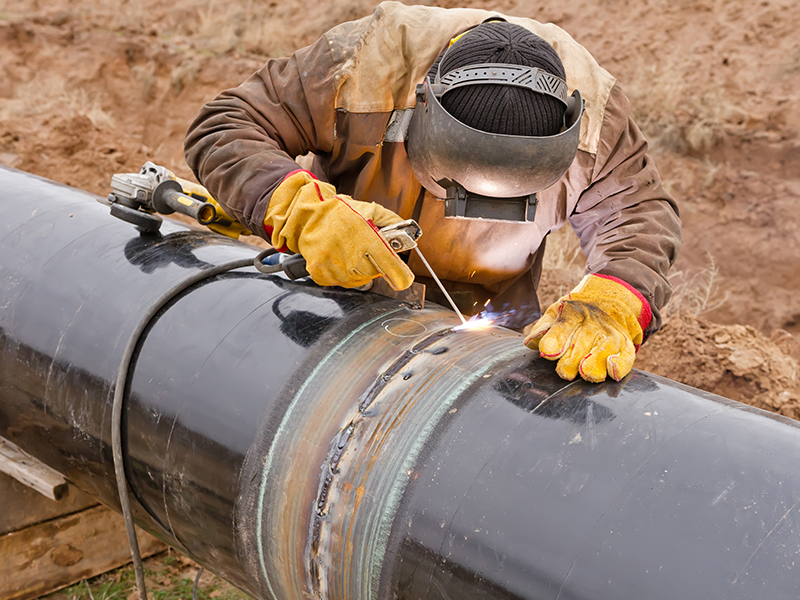
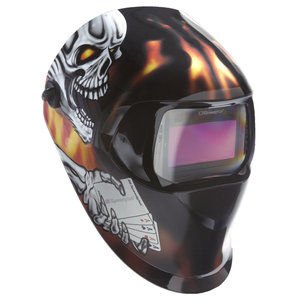
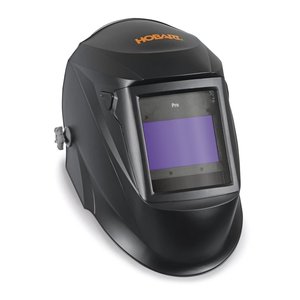
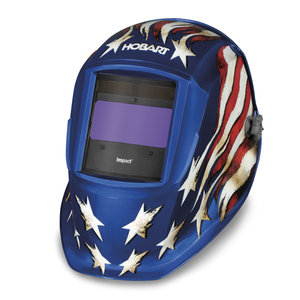
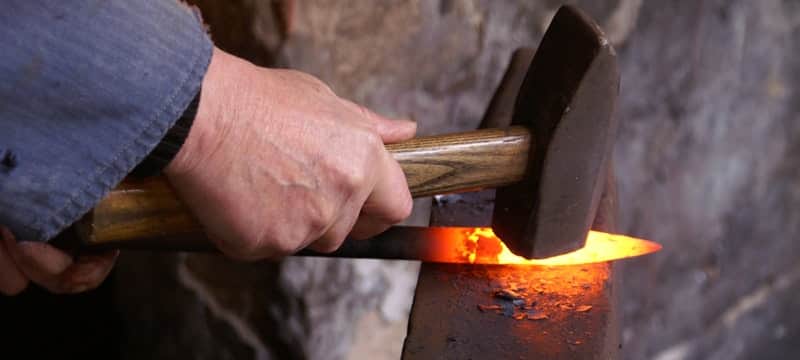
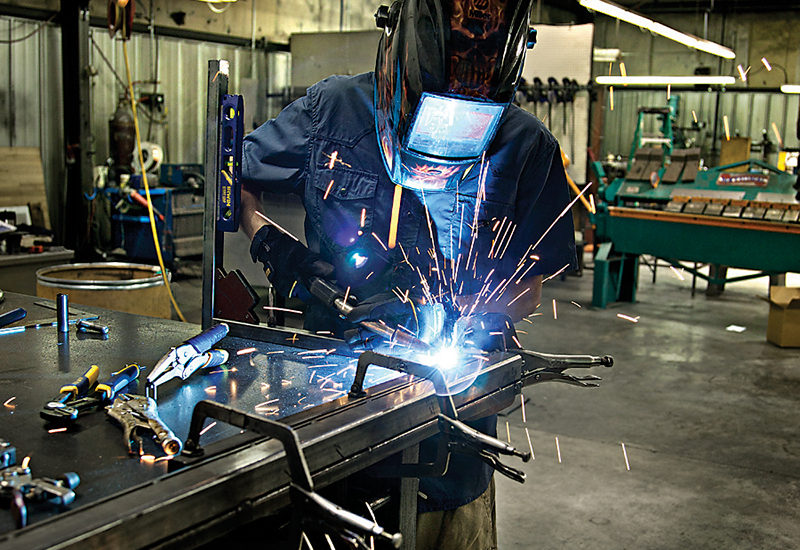

2 Comments
Eli Richardson
October 4, 2019 at 2:26 pmMy dad recently started welding as a hobby, and I want to get him a helmet as a gift. Thanks for suggesting to consider a helmet that offers the best protection. It would make sense to get him something that will cover his neck and ears as well.
Franklin White
August 28, 2020 at 12:58 pmThanks for the tip to look for a welding helmet with a lens that quickly transitions between dark and light. I want to take up welding as a hobby. I don’t have a helmet yet though so I’ll look for one that can go from dark to light quickly and vice versa.